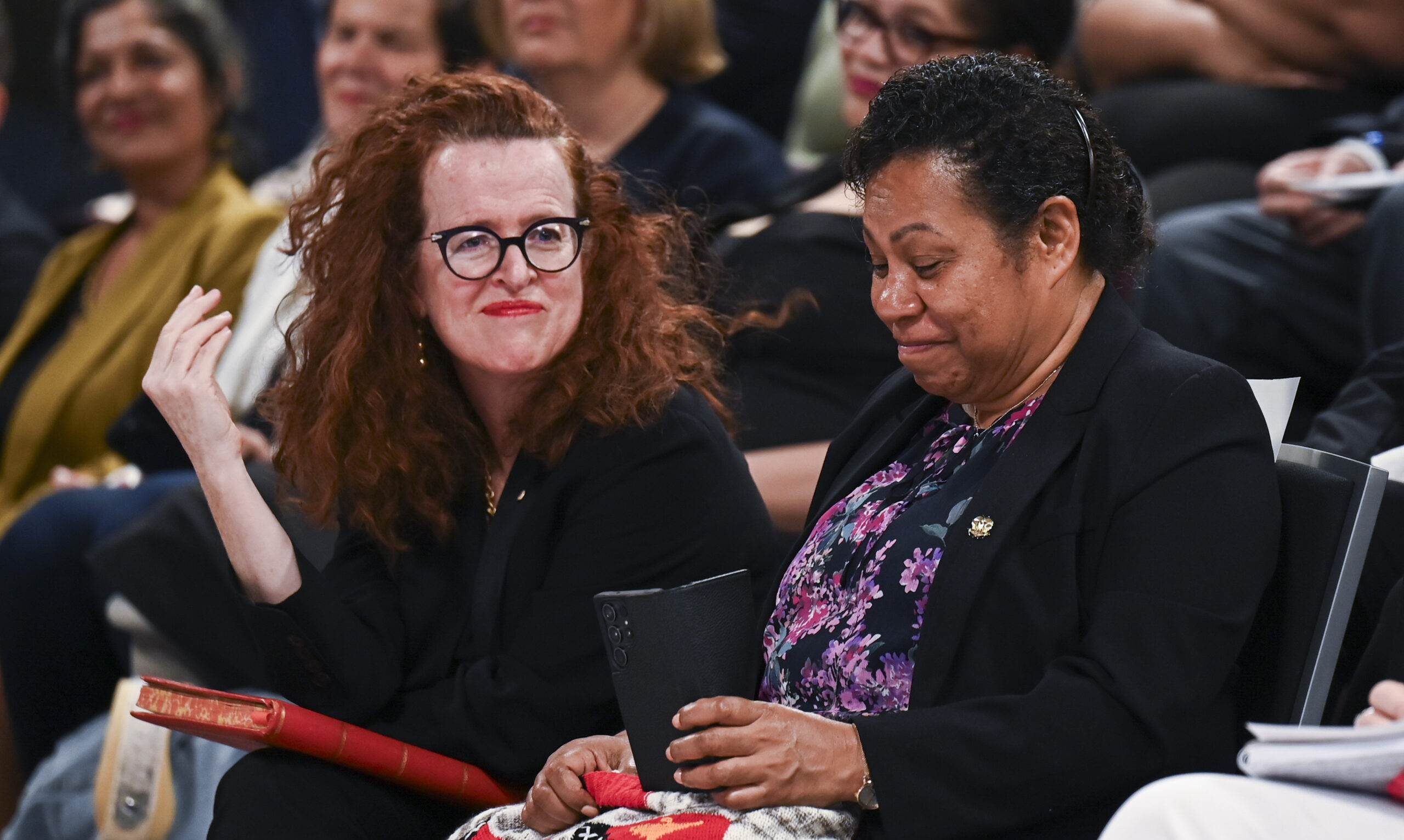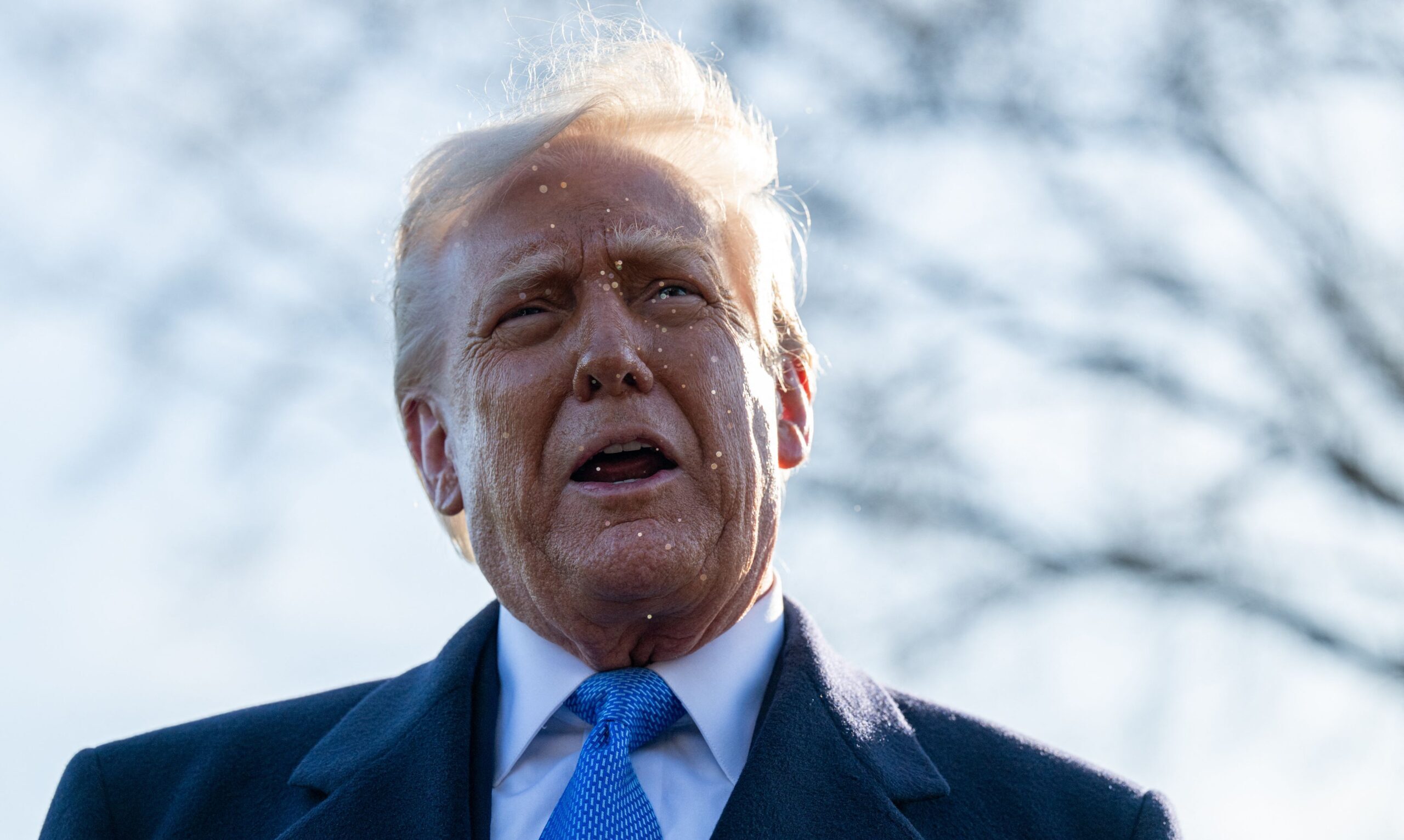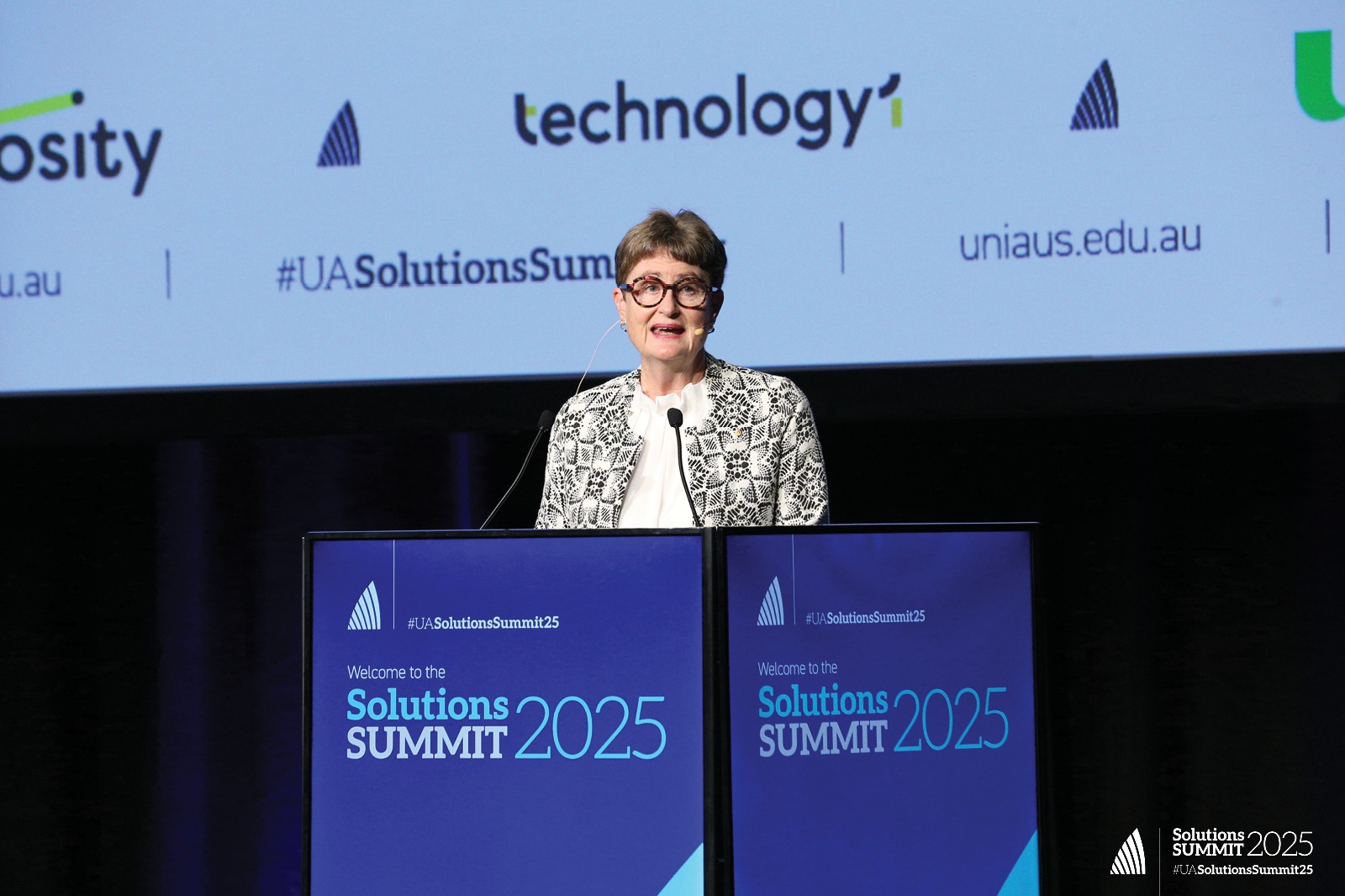NewsTop Stories
Budget rundown: Intl student woes and clean energy research wins

The Albanese government's third budget released on Tuesday night put cost-of-living relief and the Future Made in Australia manufacturing policy at the forefront.
Please login below to view content or subscribe now.





